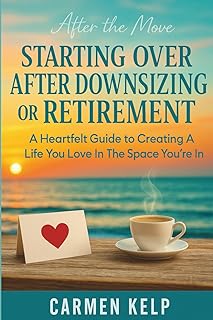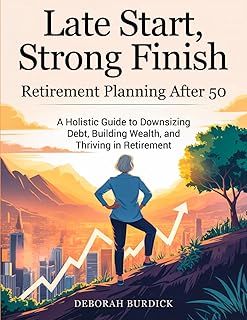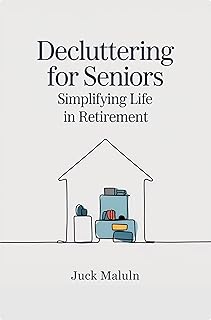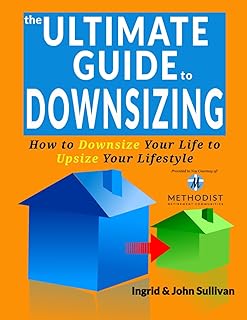Retirees across Australia are increasingly embracing the concept of downsizing, a trend that has gained momentum in recent years. The federal government’s initiatives aimed at incentivizing seniors to sell their family homes and transition to more suitable accommodations have been well-received. By allowing individuals aged 55 and above to contribute up to $300,000 to their superannuation accounts, the government hopes to provide retirees with additional financial resources for their retirement years.
National Seniors Australia has expressed support for these measures while advocating for further support to assist seniors in making this transition. The downsizing trend, also referred to as rightsizing, has seen a significant uptake among Baby Boomers, with nearly 60,000 downsizers contributing a total of $14.5 billion to superannuation over the past five years, according to data from the Australian Taxation Office.
Michael Blythe from Downsizer.com highlights the potential financial benefits of downsizing, citing that it could potentially increase a downsizer’s annual income by $20,000, considering the average returns generated by super funds over the past decade.
When it comes to downsizing, many retirees prefer to stay within familiar neighborhoods, despite the soaring property prices. The trend of downsizing has prompted a shift in housing preferences, with a significant percentage of downsizers choosing to remain in close proximity to their original residences.
One of the challenges faced by downsizers is the fear of how downsizing might impact their pension eligibility. National Seniors has proposed measures to address this concern, recommending that home care recipients be supported in downsizing to age-friendly homes by exempting excess sale proceeds from the assets test.
Recent changes in government policies have made downsizer contributions to superannuation more accessible, with the eligibility age lowered to 55 and contribution limits increased. Downsizer contributions are not subject to regular contribution caps, allowing individuals to direct up to $300,000 into their super accounts, providing a significant financial boost for retirees.
Despite the financial benefits associated with downsizing, some retirees face challenges in covering the costs of relocating to more suitable accommodations. Rising property prices and additional expenses such as stamp duty and moving costs can impact the overall financial gains from downsizing.
The move towards downsizing has been driven by various factors, including the need for additional funds to support retirement living expenses and the desire to capitalize on the booming property market. As more retirees consider downsizing, there is a growing awareness of the financial advantages it can offer in terms of boosting retirement income and managing living costs.
Overall, the trend of retirees embracing downsizing reflects a shift in housing preferences and financial planning strategies among older Australians. With ongoing support and advocacy efforts, downsizing can continue to be a viable option for retirees looking to optimize their financial resources and enhance their retirement lifestyles.
📰 Related Articles
- Uniqlo’s BM Style Trend: Adult Women Embrace Kids’ Fashion
- Trend Alert: Rattan Outdoor Furniture 2025 Emphasizes Comfort
- Students Embrace Vegan and Paleo Diets for Health Benefits
- Silver Shines Bright: Celebrities Embrace Metallic Trend on Red Carpets
- Personal Care Brands Embrace Whole-Body Deodorants Trend





